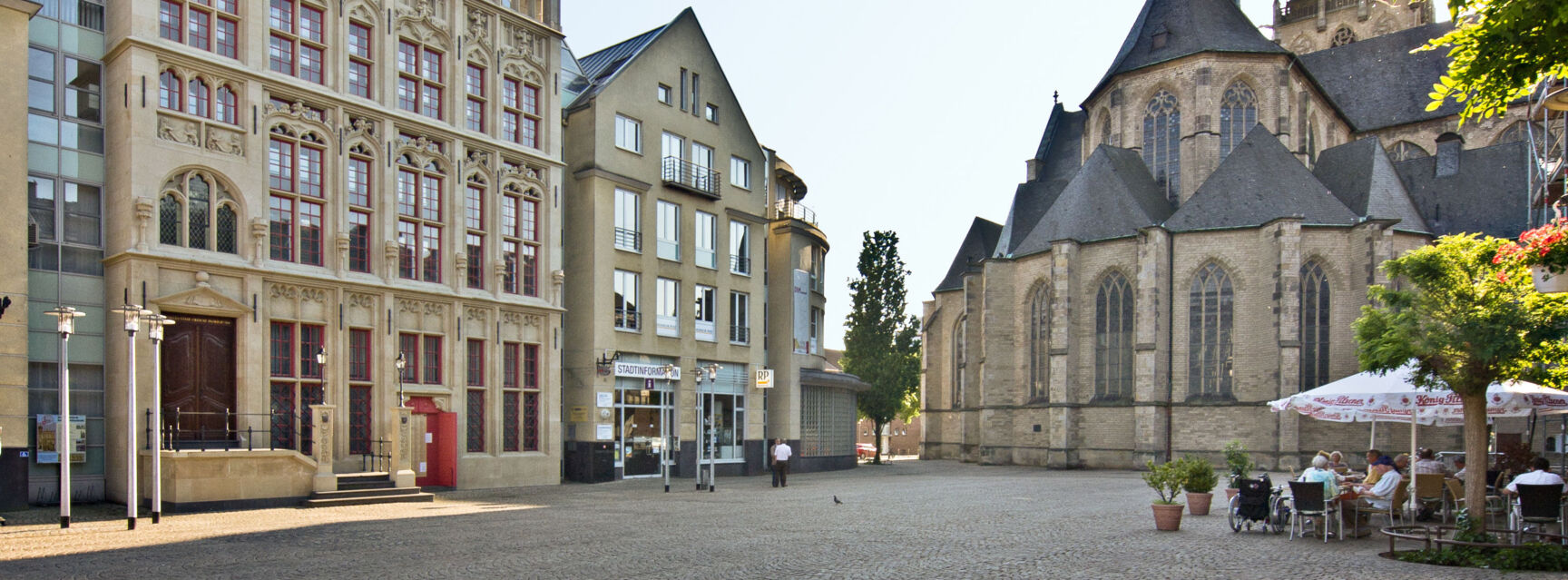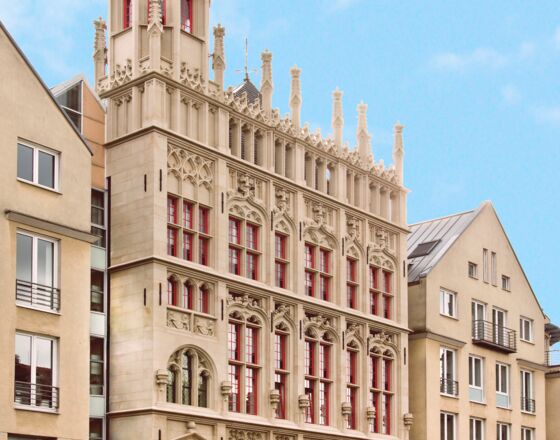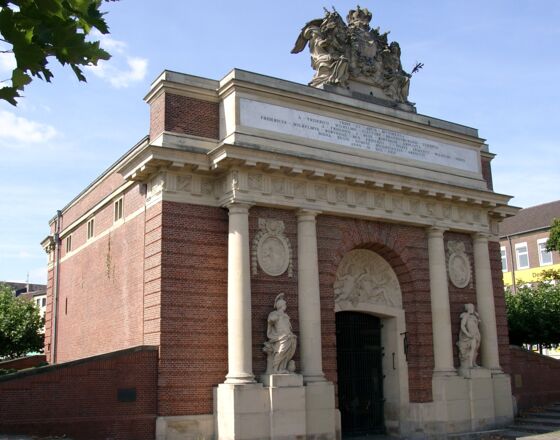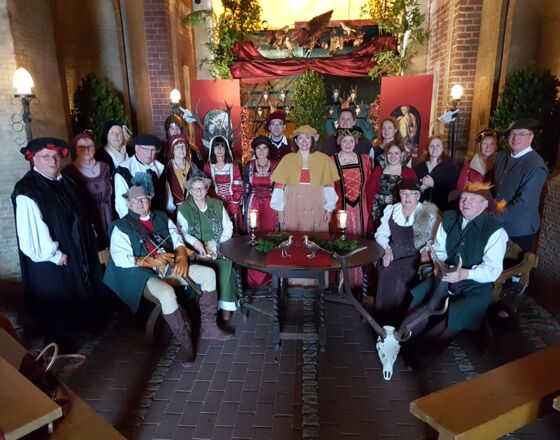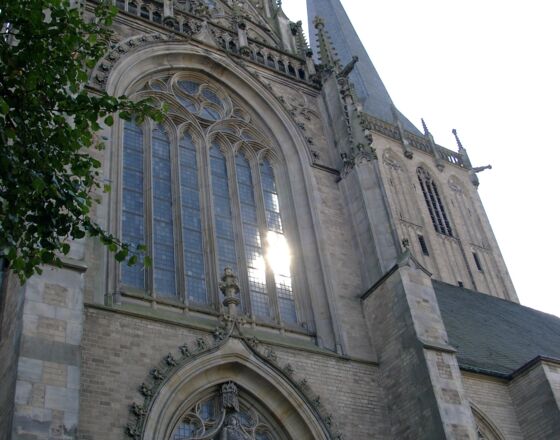Facts & Figures
Founded
Year 1241
Location
51.65769 latitude and 6.617087 longitude
Population
62571
UNESCO World Heritage
The Lower Germanic Limes, four Roman manoeuvre fields in Wesel-Flüre.
What is the city known for?
The donkey of Wesel
Events
- Historic Hanseatic Festival Wesel
- EselRock Festival
- Culture Night

